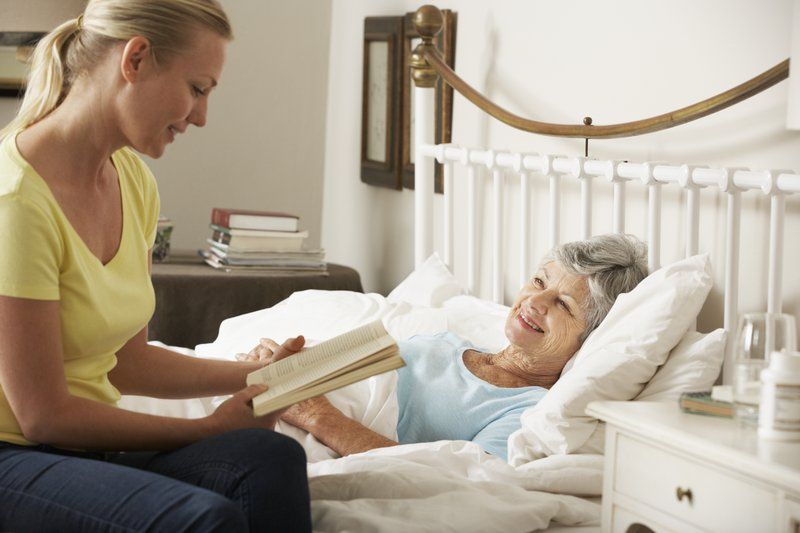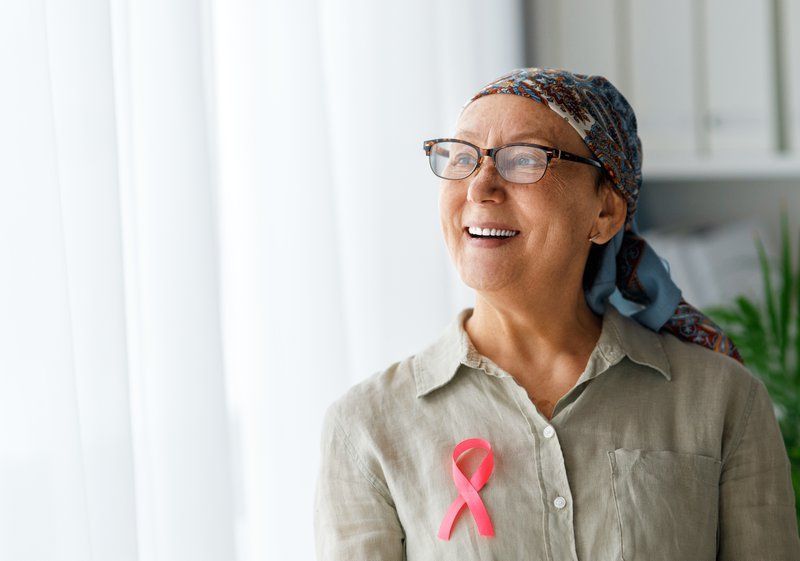BLOG
Understanding Palliative Care and End-of-Life Support
Palliative care plays a crucial role in assisted living facilities, focusing on providing comfort and dignity to residents nearing the end of life. This approach goes beyond traditional medical care, addressing physical, emotional, and spiritual needs to enhance the quality of life for seniors. By integrating holistic methods, assisted living communities can offer comprehensive support that respects the individual’s preferences and values during their final stages.
Starting with Compassion: The Importance of Holistic Care
Holistic palliative care in assisted living facilities prioritizes the overall well-being of residents, ensuring they experience comfort and dignity during their final days. This approach encompasses not only physical care but also emotional and spiritual support, recognizing the multifaceted needs of individuals. By addressing these diverse aspects, holistic palliative care helps create a nurturing environment where residents feel valued and understood.

Key elements of holistic care include personalized pain management plans, emotional counseling, and spiritual guidance. These components work together to alleviate suffering and promote a sense of peace. For instance, personalized pain management ensures that each resident receives the appropriate level of care tailored to their specific needs, while emotional counseling provides a safe space for residents to express their feelings and fears.
Holistic Core Elements
Effective holistic care hinges on several core elements, each playing a vital role in enhancing the quality of life for residents. Pain management stands at the forefront, ensuring that physical discomfort is minimized through personalized treatment plans. These plans often include a combination of medications, physical therapy, and alternative therapies like acupuncture or massage, tailored to meet the unique needs of each individual.
Emotional support is another critical component, addressing the psychological and emotional well-being of residents. Trained counselors and therapists provide one-on-one sessions, group therapy, and support groups to help residents navigate the complex emotions associated with end-of-life care. This emotional support extends to family members, offering them guidance and coping strategies during this challenging time.
Integrating Palliative Care into Assisted Living
Integrating palliative care into assisted living communities requires a strategic and compassionate approach. One effective strategy is to establish a dedicated palliative care team within the facility. This team typically includes healthcare professionals such as doctors, nurses, social workers, and spiritual advisors who collaborate to provide comprehensive care tailored to each resident's needs.
Training staff members in palliative care principles is another crucial step. Regular workshops and continuing education programs can equip caregivers with the skills and knowledge necessary to deliver high-quality palliative care. Topics often covered include pain management techniques, communication skills, and emotional support strategies, ensuring that all staff members are prepared to meet the diverse needs of residents.
Creating a supportive environment also involves fostering open communication between residents, families, and caregivers. Regular family meetings and care conferences can help keep everyone informed and involved in the care process. This transparency builds trust and ensures that care plans align with the resident's wishes and values.
Lastly, integrating technology can enhance the delivery of care. Electronic health records (EHRs) allow for seamless communication between different members of the care team, ensuring that everyone has access to up-to-date information. Telehealth services can also provide additional support, offering virtual consultations with specialists and enabling residents to receive care without leaving the comfort of their community.
Measuring the Impact of Holistic Palliative Care
Evaluating the impact of holistic palliative care involves analyzing both quantitative data and qualitative case studies. Research consistently shows that residents receiving holistic palliative care report higher levels of satisfaction and improved quality of life. For instance, a study conducted by the Journal of Palliative Medicine found that 85% of residents experienced significant pain relief and emotional well-being improvements after integrating holistic approaches.
Case studies further illustrate these positive outcomes. One notable example is a resident named Mary, who struggled with chronic pain and anxiety. After receiving a personalized palliative care plan that included pain management, emotional counseling, and spiritual support, Mary reported a marked reduction in pain and an enhanced sense of peace. Her family also noted her improved mood and increased engagement in community activities.
Looking Ahead: The Future of Palliative Care in Assisted Living
The future of palliative care in assisted living settings promises exciting advancements and emerging trends that will further enhance the quality of life for residents. One significant trend is the increasing use of technology to deliver personalized care. Telehealth services, for example, enable residents to consult with specialists without leaving their community, ensuring timely and convenient access to expert care.

Photographer: Yuganov Konstantin
Another emerging trend is the integration of artificial intelligence (AI) in care planning and management. AI can analyze vast amounts of data to identify patterns and predict residents' needs, allowing caregivers to proactively address potential issues. This technology can also streamline administrative tasks, giving caregivers more time to focus on direct patient care.
Additionally, there is a growing emphasis on interdisciplinary collaboration in palliative care. Future models will likely involve even more comprehensive teams, including not only medical professionals but also social workers, nutritionists, and mental health experts. This holistic approach ensures that all aspects of a resident's well-being are addressed, providing a more rounded and effective care experience.
The Path Forward for Palliative Care
Holistic palliative care in assisted living facilities is essential for providing comfort and dignity to residents at the end of life. By integrating pain management, emotional support, and spiritual care, these facilities can address the multifaceted needs of their residents. Effective strategies for incorporating palliative care include dedicated teams, staff training, and the use of technology. Looking ahead, advancements in technology, interdisciplinary collaboration, and personalized care plans will further enhance palliative care. Discover the future of palliative care in assisted living with Asured Senior Living. Book a call with us to learn more.
Learn more about what sets us apart. Contact us today, or download our free Family Decision Toolkit guide for more information.















